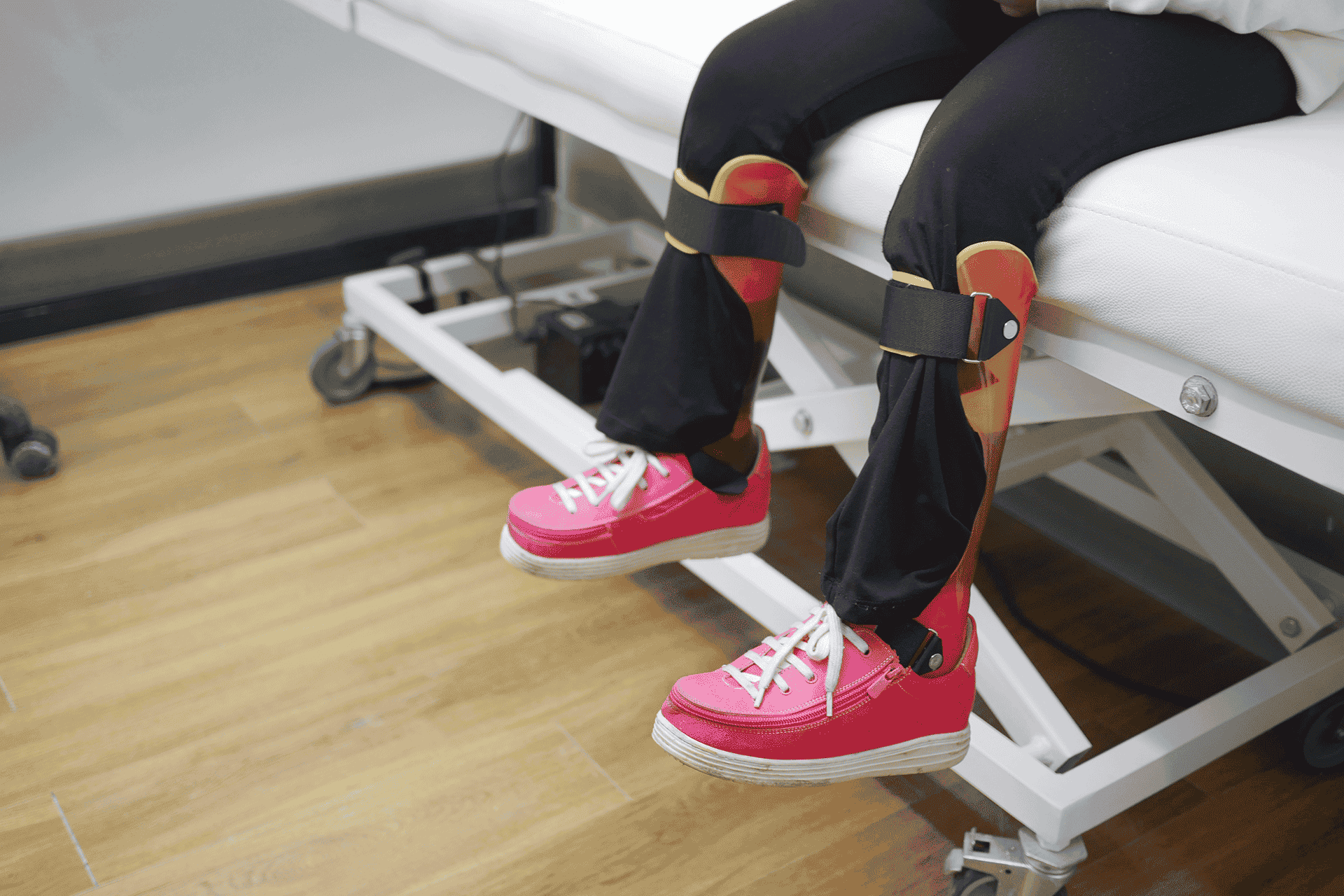Should I Heat Or Ice An Injury?
Injuries happen all the time, whether we want it or not, even when we make every effort to prevent them. Age, overuse, hormonal changes and other factors significantly contribute to the risk of injuring oneself, so it is vital to understand what to do in these situations.
We have all heard that icing any injury can provide instant relief of symptoms. While it is true that icing can have tremendous benefits, it is crucial to understand when and how to apply it so that you are getting the most out of it.
Read along to get to know the best practices in icing and when to put heat on an injury to make sure you are speeding up your recovery period to the maximum.
How Heat Treatment Works and When to Use it
Generally, heat treatment relaxes your muscles, boosts blood circulation, accelerates the recovery of damaged tissues and provides joint pain relief. It is priceless for many injuries, but it also works for many other conditions, including stomach aches.
The first step in going for heat therapy is to know how and when to put heat on an injury. As a rule of thumb, we use heat for chronic traumas, such as stress fractures, tennis elbow, runner’s knee, shin splints and heel inflammation that have been around for more than a few weeks.
You can use a moderately heated towel or a special heating pad to apply it to the affected area. To penetrate the tissues deep within, use moist heat and remember to pay close attention to how your body responds.
Ensure the heat is not too hot to avoid skin burns, and don’t use it for more than 15-20 minutes. Additionally, avoid falling asleep with the heating pad and discontinue using heat if the pain worsens.
The great thing about heat therapy is that you don’t need to be suffering from an injury to reap its benefits. Many athletes regularly use the method before and after training to boost performance, reduce the risk of injuries and speed up their recovery process.
How Cold Treatment Works and When to Use it
In many ways, icing has relatively the opposite effects of heat therapy. Icing any injury will constrict the blood vessels and reduce blood circulation and swelling. Hence, it fights inflammation and provides moderate muscle and joint pain relief.
As opposed to heat therapy, we use ice for acute injuries that occur suddenly and cause significant pain and swelling. Examples include bone fractures, various muscle strains, ankle and knee sprains.
When icing any injury, we commonly go for an ice pack, but ice therapy can also come as a massage, baths and sprays. Avoid direct contact with skin as this may cause damage. Move the ice pack around the injury and let it sit for no longer than 20 minutes a couple of times a day.
Although icing can work for chronic injuries presenting with swelling, it is best to consult with a physiotherapist first as things can become worse than before.
Schedule Your Next Appointment With us Today!
Ice and heat therapy come in many forms and can benefit many injuries and conditions. Although they may seem simple, there are some considerations to take into account. Ultimately, it is always best to reach out to a professional physiotherapist.
Now you know that you can’t just opt for icing any injury, but to make sure your pain will go away quickly, book an appointment with Delta Physiotherapy and Rehab.
To learn more about physiotherapy and how it can benefit you, call us at +1 (905) 270-3086 or book an appointment online!










